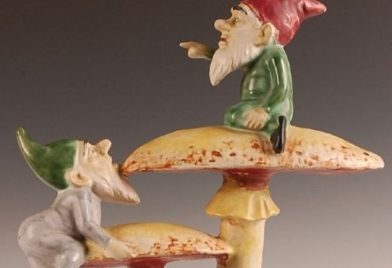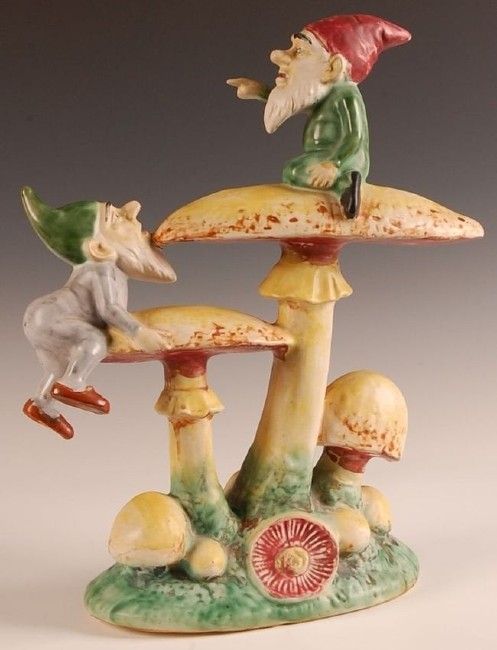
NEW YORK – Garden gnomes come in all varieties—young or old, happy or stern, playing hide-and-seek or musical instruments—and their whimsical and folky charm makes them appealing to many collectors.
Garden gnomes are said to have originated in Germany in the early 1800s and soon spread throughout Europe, decorating the gardens of affluent homeowners. They were nearly always made as male dwarves wearing red pointy hats, sporting bushy beards and standing between 1 to 2 feet tall. In modern versions, miniature ones measuring only a few inches tall are popular also.
Scandinavian stories of the similar nisse, or tonttu, also appeared in the 1800s and usually depicted this mythical creature as a small, old man with a full beard and sometimes with a red cap.
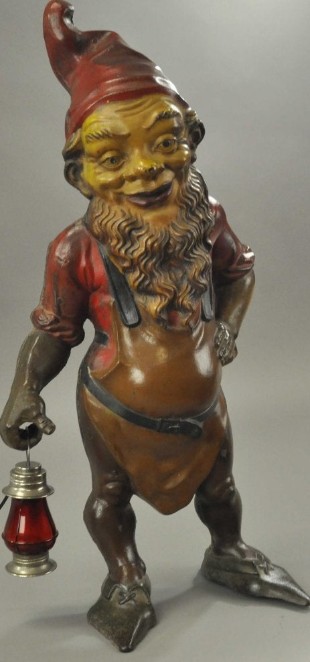
Many followers of lore and mythology considered gnomes to be the most basic and important elemental spirits of the “Earth” element (the other three classical elements being: Water, Fire and Air), according to the Just Say Gnome! Website. Literature said they often worked in mines and could easily move through solid earth.
The town of Gräfenroda in the German area of Thüringen is said to be the birthplace of the gnome as garden statuary with at least two companies that began making garden gnomes there in the late 1800s. Many craftsmen here in the 19th century began making items out of clay. The Phillipp Griebel company was founded in 1874 and started making gnomes of terra-cotta around 1880.
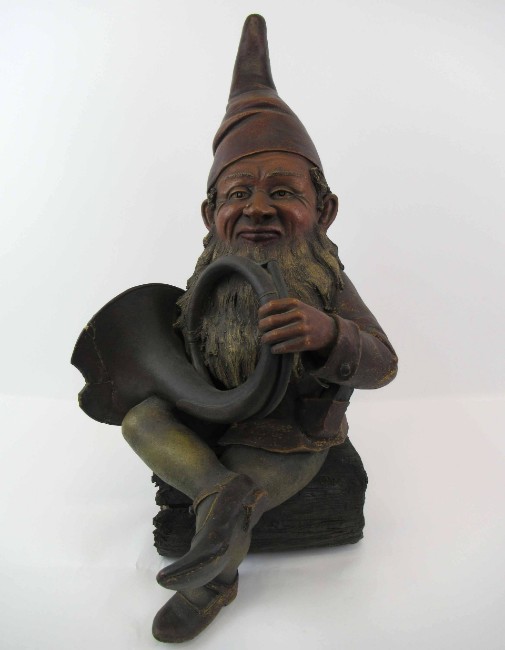
August Heissner is also credited as the father of garden gnomes and began making ceramic garden gnomes in Thüringen in 1872. Although Heissner’s company now has expanded to include an array of garden furnishings, one can still find these creatures among its product offerings. Griebel’s company maintains a museum open March to October that offers visitors the “traditional history of the ‘garden gnomes’ from animals, animal heads and fairy tale characters to garden gnomes.” London’s Garden Museum has several antique gnomes in its collection and its oldest is a circa 1900 fishing gnome. “The fishing gnome is the rarest figure in a rare set of eight of gnomes who fish, shoot and play golf in a ‘Fairyland’ alpine setting,” according to the museum.
The English are renowned for gardens, particularly formal gardens, so it’s little surprise that they quickly caught on to installing gnomes in their gardens and helped introduce them to America. Horticulturist Charles Isham, who inherited his family estate, Lamport Hall, set about to fashion an alpine-style garden with gnomes in the 1840s and in the process, helped create interest among fellow gardeners. One of his original gnomes, “Lampy,” is still on view at Lamport Hall.
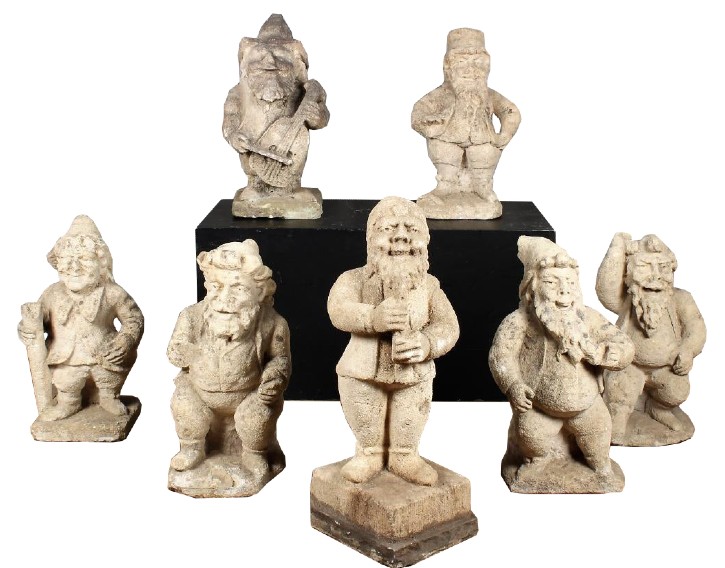
While the 1970s brought mass-produced plastic gnomes to the marketplace, antique and vintage stone gnomes, especially those that are handmade, hold great sentimental value to their owners, who often pass them down to family members. That doesn’t stop artists and companies, however, from making new gnomes in all manner of style. Today, one can find Easter gnomes decorated in pastel hues and even gnomes in NFL-team themes. They also are not just made for the garden but also made as banks and toys. Gnomes have also been used as a decorating theme on glass and porcelain wares, such as in Wedgwood’s Fairyland Luster line.
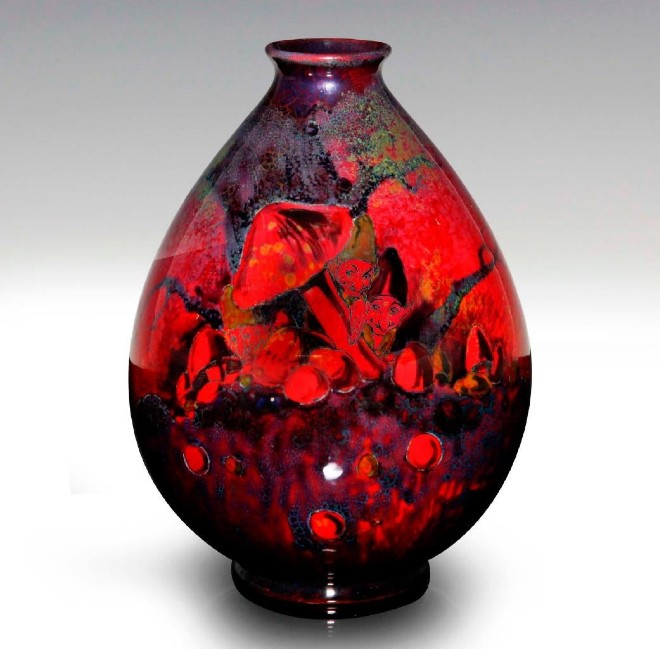
Gnomes also hold a firm place in pop culture with Disney’s Snow White and the Seven Dwarfs, which helped popularize dwarves, and for a modern generation, Gnomeo and Juliet (2011). The travel website, Travelocity, famously used a gnome as its advertising mascot, likely inspired by the phenomenon of people taking along a garden gnome with them on travels and taking a photo of their gnome in exotic locales or with famous landmarks. A few Gnome enthusiasts have opened their collections to the public. Listed in the Guiness Book of World Records as the largest collection of garden gnomes, English artist Ann Atkin operates a tourist destination, Gnome Reserve, that houses more than 2,000 gnomes and pixies on four acres of woods and gardens near Devon.
Some see gnomes as kitschy but they inspire ardent fandom and for those who love them, there is a gnome for all homes.
# # #


